Advantages & Disadvantages of Different Flow Meters like electromagnetic flow meter, orifice flow meter, turbine flow meter, Coriolis mass flow meter, Thermal mass flow meter, variable area flow meter, vortex flow meter etc.
Contents
Advantages & Disadvantages of Flow Meters
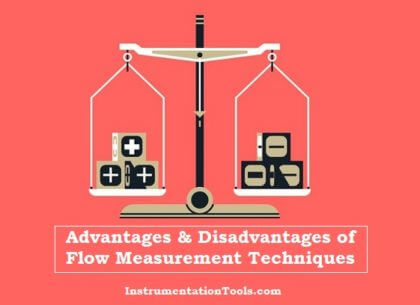
- Electromagnetic Flow Meters
- Ultrasonic Flow Meters
- Coriolis Mass Flow Meters
- Thermal Mass Flow Meters
- Differential Pressure Flow Meters
- Turbine Flow Meters
- Variable Area Flow Meters
- Vortex Flow Meters
- Swirl Flow Meters
- Weirs
- Venturi Flumes
- Oval Gear and Oscillating Piston Flow Meters
- Lobed Impeller Flow Meters
Advantages of Electromagnetic Flow Meters
- Unobstructed flow passage without projecting parts
- No moving parts
- No additional pressure drop
- Essentially flow profile insensitive, only short inlet and outlet sections required
- Unaffected by changes in temperature, density, viscosity, concentration and electrical conductivity
- Favorable choice of materials for chemically aggressive or abrasive measuring media
- Unaffected by contamination and deposits
- Especially suitable for hydraulic solids transport
- Linear relationship between flow rate and measured variable
- Operates in both flow directions (forward and reverse)
- Measuring range setting can be optimized
- Low maintenance, but still easy to maintain
Disadvantages of Electromagnetic Flow Meters
- For liquids only
- Lower conductivity limit 0.05 μS/cm
- Gas inclusions cause errors
Advantages of Ultrasonic Flow Meters
- Unobstructed flow passage
- No moving parts
- No additional pressure drop
- Favorable choice of materials for chemically aggressive liquids
- A linear relationship between flow rate and measured variable
- Low maintenance
- Operates in both flow directions (forward and reverse)
- Transit time meters unaffected by temperature, density, and concentration
- Later installation in the existing pipe is possible with individual elements, but onsite calibration required
Disadvantages of Ultrasonic Flow Meters
- Still problematic for liquid and gas measurements
- The sound beam must traverse a representative cross-section, therefore flow profile is dependent. Long inlet and outlet sections required
- Errors due to deposits
- Transit time meters require clean liquids
- Doppler meters only for slight contamination or few gas bubbles
- Doppler meters are affected by sound velocity changes due to temperature, density, and concentration
- Unsuitable for heavily contaminated liquids
- Gas bubbles cause errors
Advantages of Coriolis Mass Flow Meters
- True mass flow measurement
- Additional temperature and density measurements
- Very high accuracy for mass flow measurements
- Highly accurate density measurement
- Unaffected by pressure, temperature, and viscosity
- No inlet and outlet sections required
- Operates in both flow directions (forward and reverse)
- Measuring range settings can be optimized for flow rate and density
- Self-draining
Disadvantages of Coriolis Mass Flow Meters
- Affected by gas inclusions
- Vibration sensitive when improperly installed
- Limited choice of materials
- Nominal diameter is limited at the top
Advantages of Thermal Mass Flow Meters
- Direct gas mass flow measurement
- No pressure and temperature compensation required
- Very low pressure drop
- High measuring accuracy
- Large span
- No moving parts
- Rugged construction
- Short response time
- Easily sterilized
Disadvantages of Thermal Mass Flow Meters
- For gases only
- Inlet and outlet sections required
Advantages of Differential Pressure Flow Meters
- Universally suitable for liquids, gases, and steam
- Also usable in extreme situations, e.g. viscosity, due to the variety of versions
- Calculations possible for unusual situations
- Suitable for extreme temperatures and pressures
- Range changes possible
- Low-pressure drop for nozzles
Disadvantages of Differential Pressure Flow Meters
- Square root relationship between flow rate and differential pressure, therefore smaller span
- Affected by pressure and density changes
- Pressure drop for orifice plates
- Edge sharpness for orifice plates must be assured, therefore no solids or contamination
- Very long inlet and outlet sections
- Expensive installation requiring differential pressure lines, fittings, and sensors
- Installation and maintenance experience advantageous
- High maintenance requirements
Advantages of Turbine Flow Meters
- No external power supply for the Rotating vane and Woltman meters
- Turbine flow meters suitable for cryogenic liquids
- Turbine flow meters usable at extreme temperatures and pressures
Disadvantages of Turbine Flow Meters
- Limited choice of materials
- Only for low viscosities
- Moving parts, wear
- Sensitive to contamination
- Axial flow totalizers are flow profile-sensitive
- Inlet and outlet sections required (not for rotating vane meters)
- Affected by overloading and quick changes at high differential pressure, danger of over-speeding
- Vibration sensitive
Advantages of Variable Area Flow Meters
- Inexpensive
- No external power supply is required for local indication
- Suitable for liquids, gases, and steam
- No inlet and outlet sections required
- Simple meter design, therefore easy to install and maintain
- Indication also with opaque liquids
- Metal cone meter with transmitter
- Metal cone meter can be sterilized, CIP tested
Disadvantages of Variable Area Flow Meters
- Vertical mounting position
- Constant pressure drop
- Affected by density, temperature, and viscosity changes
- Solids damage the metering edge, otherwise slight contamination allowed
- Affected by pulsation and vibration
- Expensive when exotic materials are required
Advantages of Vortex Flow Meters
- No moving parts
- Rugged construction
- Suitable for liquids, gases, and steam
- Easily sterilized
- Unaffected by pressure, temperature, and density changes
- A linear relationship between flow rate and measured value
Disadvantages of Vortex Flow Meters
- Inlet and outlet sections required
- Minimum Reynolds number required
Advantages of Swirl Flow Meters
- No moving parts
- Short inlet and outlet sections → 3 x D/1 x D
- Suitable for liquids, gases, and steam
- Excellent repeatability
- Unaffected by pressure, temperature, and density changes
Disadvantages of Swirl Flow Meters
- Pressure drop
- Minimum Reynolds number required
Advantages of Weirs
- Simple design
- Minimum space requirements at the measuring point
- Low construction costs
Disadvantages of Weirs
- Damming, therefore higher space requirements upstream of the measuring point
- Risk of deposit build-up upstream of the weir, not suitable for wastewater
- Stream separation through ventilation must be assured
- Affected by large floating items
Advantages of Venturi Flumes
- No potential energy differences compared to the weir
- Low-pressure drop
- Suitable for unclean waste water
- Easy to maintain
Disadvantages of Venturi Flumes
- Nonlinear flow characteristic
- Channel constriction resulting in damming of the headwater and risk of deposit build up in the event of velocity decrease
- Risk of plugging through larger floating items
- Measurement is impossible when backflow exists in tail water up to the Venturi flume
- The quality and reliability of the measurement depend on the connected sensor
- Installation costs
Advantages of Oval Gear and Oscillating Piston Flow Meters
- High measuring accuracy
- Suitable for measuring media with high viscosity
- Operates in both flow directions (forward and reverse)
- No flow profile effects, thus no inlet and outlet sections required
- No external power supply
Disadvantages of Oval Gear and Oscillating Piston Flow Meters
- Volume totalizer
- For liquids only
- High pressure drop
- Moving parts, wear
- Accuracy decrease for lower viscosities due to gap losses
- Sensitive to contamination, filter required
- Flow blockage at zero flow through solid impurities
- Sensitive to overloading
- Monitoring and maintenance
Advantages of Lobed Impeller Flow Meters
- Excellent measuring accuracy for gas measurements
- No inlet and outlet sections required
- No external power supply
Disadvantages of Lobed Impeller Flow Meters
- Volume totalizer
- For gases only
- Moving parts, wear
- Flow blockage at zero flow through solid impurities
- Sluggish toward quick changes
- Also affected by quick changes at high differential pressure, danger of over speeding
- Monitoring
If you liked this article, then please subscribe to our YouTube Channel for Instrumentation, Electrical, PLC, and SCADA video tutorials.
You can also follow us on Facebook and Twitter to receive daily updates.
Read Next:
- Vent and Drain Holes of Orifice
- What is Orifice Beta Ratio?
- Orifice Meters Compensation
- What is Restriction Orifice?
- Turndown ratio of Orifice
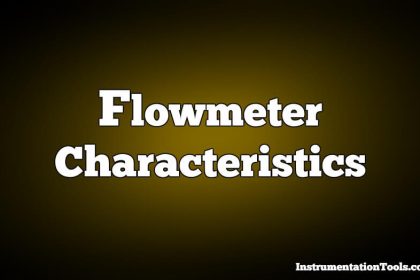
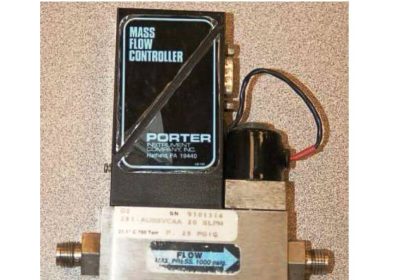
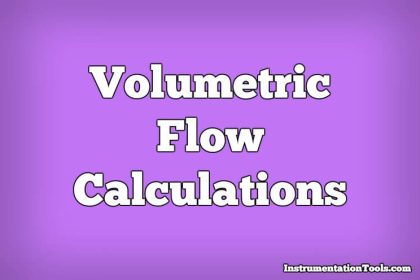
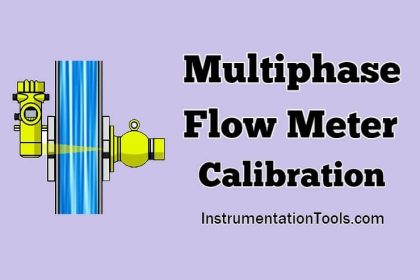
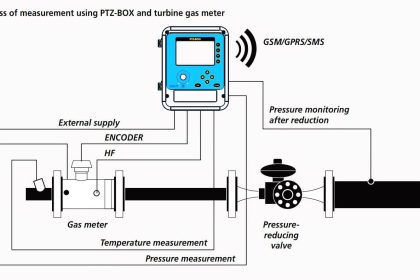
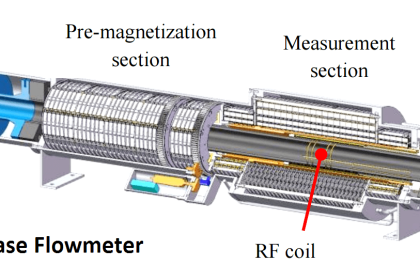
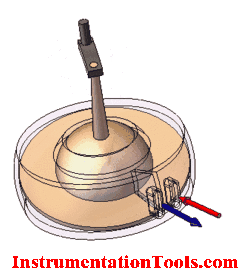
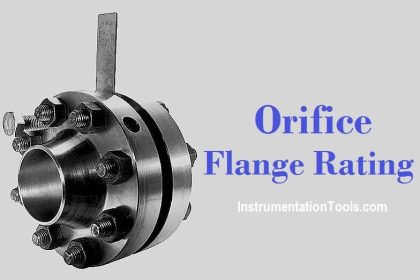
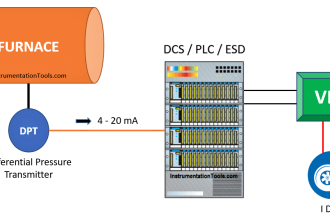

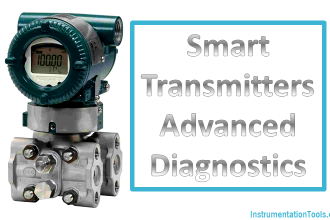

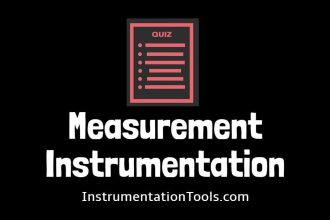

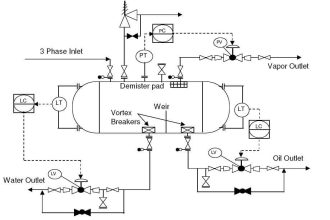
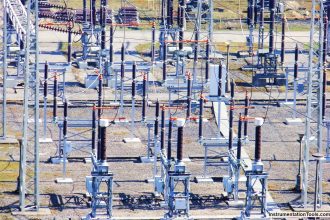

Sir why straight run are required for installation of orifice ?
The orifice pressure difference is affected by flow swirl and a flow profile which is different from the research flow data. The only way to get accurate data is to replicate, as best as possible, the same flow patterns as were to develop the data. It is far easier to reproduce straight runs than the various possible not-straight. Note that the equations for flow through an orifice plate show a correction factor from the theoretical of about 0.60. The difference is in the chaotic flow pattern as the fluid is gathered to the center to go through the orifice and then as it expands downstream. Much of the differential is recovered as the fluid slows and some of the kinetic energy is converted back to pressure.
Thank You Cullen Langford for sharing valuable knowledge with all of us.